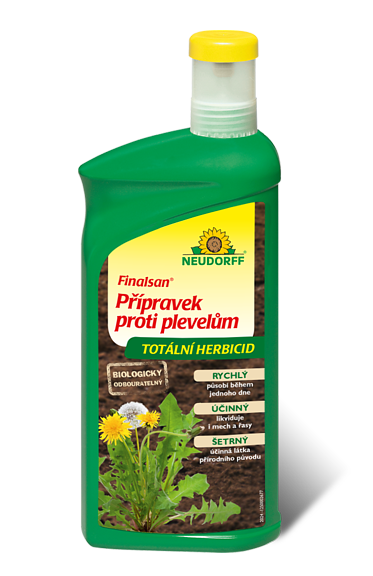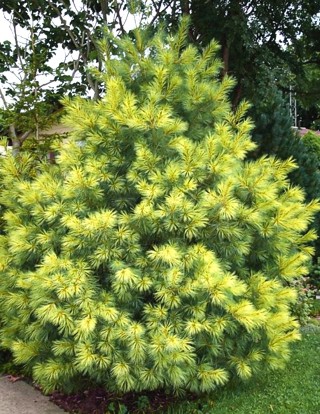Pinus strobus 'LOUIE' white pine, Weymouth pine
Pinus
White (Weymouth) pines are very popular for their soft needles which you want to touch over and over again. They are usually long, silvery blue-green and come in whorls of 5. Trees of this pine can be large and dwarf, wide or columnar.
Louie is an eye-catching variety of white pine from about 1990, found by Gregg Williams as a seedling in Vermont, USA. It was introduced to trade by Kate Brook Nursery in 1993, and has been a sought after variety ever since. It makes soft needles that are shorter than on most other white pines including the species. They are fresh green in summer and turn yellow in autumn and golden yellow in the coldest part of winter. Young, freshly transplanted plants may temporarily suffer from sun scorch but when fully established the needles remain unharmed and beautiful all year round.
Natural shape is narrowly conical of somewhat irregular habit. In gardens it reaches 3-4m tall, and in open landscapes (parks, arboretums) the size may double. It will benefit from pruning when young in order to achieve a solid and symmetrical framework of strong branches. Pruning or clipping can be done from late winter, and shortening or removing new shoots in mid spring.
Pines like sunny locations and well-drained, sandy soil, they usually do not require fertilizing unless they suffer from chlorosis in which case magnesium and ferrum-based agents should be used. They are practically maintenance-free. Fully hardy to about -34°C (USDA 4).
Last update 01-02-2019










































